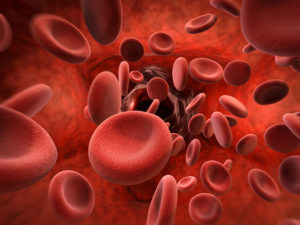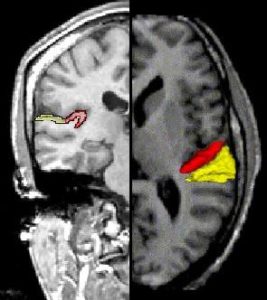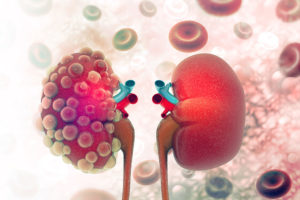Cancer Moonshot Grant Supports Study of Head and Neck Cancer Immunotherapy Resistance

A collaborative research team at Dana-Farber/Brigham and Women’s Cancer Center (DF/BWCC) has received a grant to study immunotherapy resistance in head and neck cancer. The team is one of a handful to receive a multi-year cancer immunotherapy research grant this year from the National Institutes of Health (NIH) as part of the Cancer Moonshot℠ program.
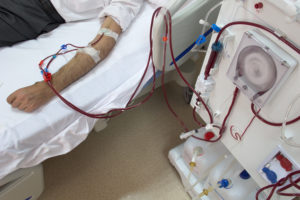

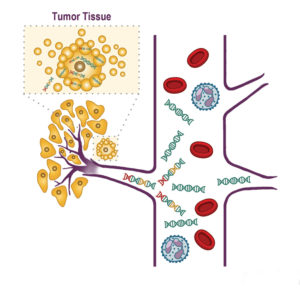 Image: Some tumors can shed free-floating DNA into the blood. Emerging technologies have the potential to detect these abnormal DNA signals, laying the groundwork for a blood test which could be used for cancer detection.
Image: Some tumors can shed free-floating DNA into the blood. Emerging technologies have the potential to detect these abnormal DNA signals, laying the groundwork for a blood test which could be used for cancer detection.